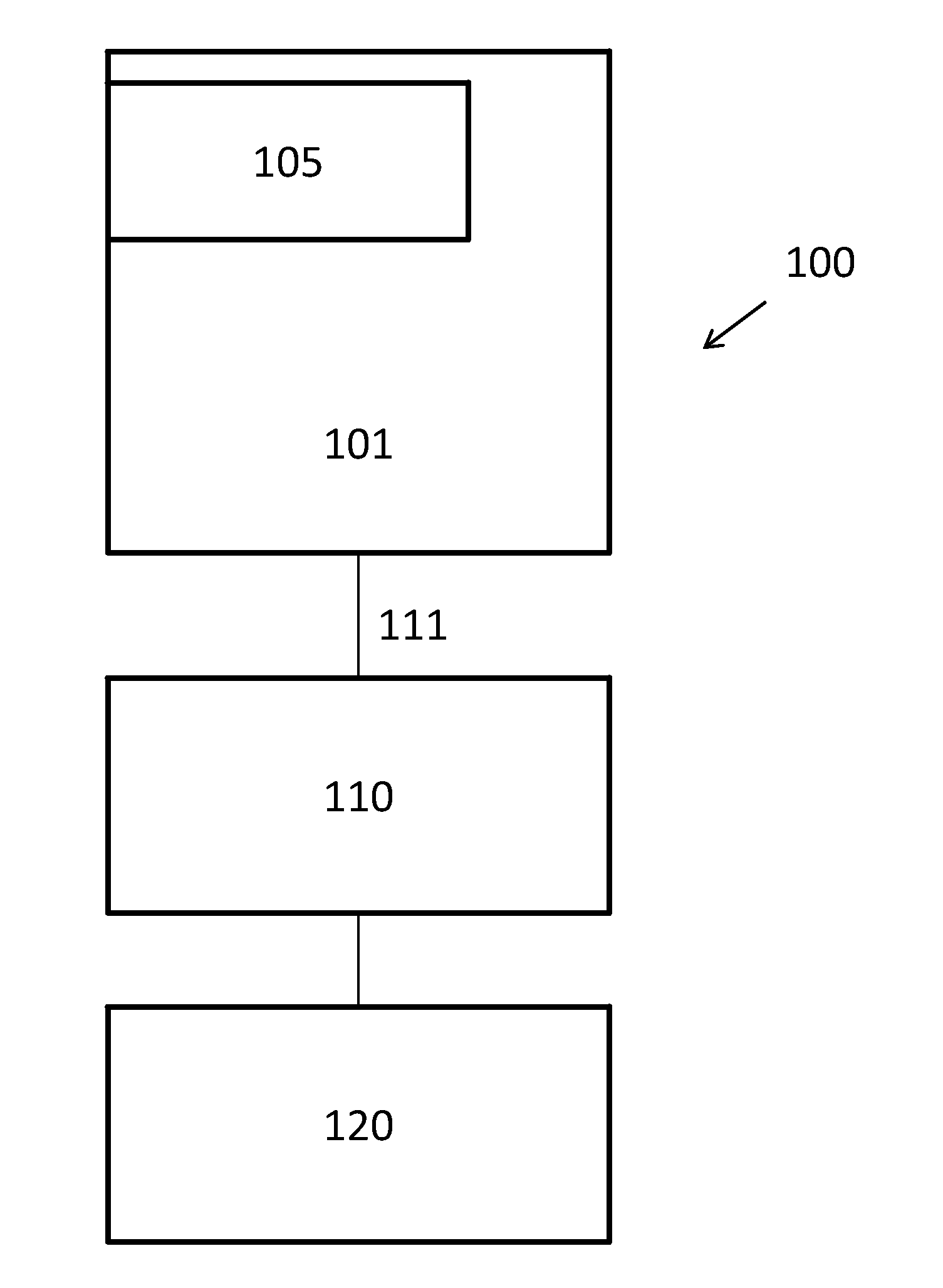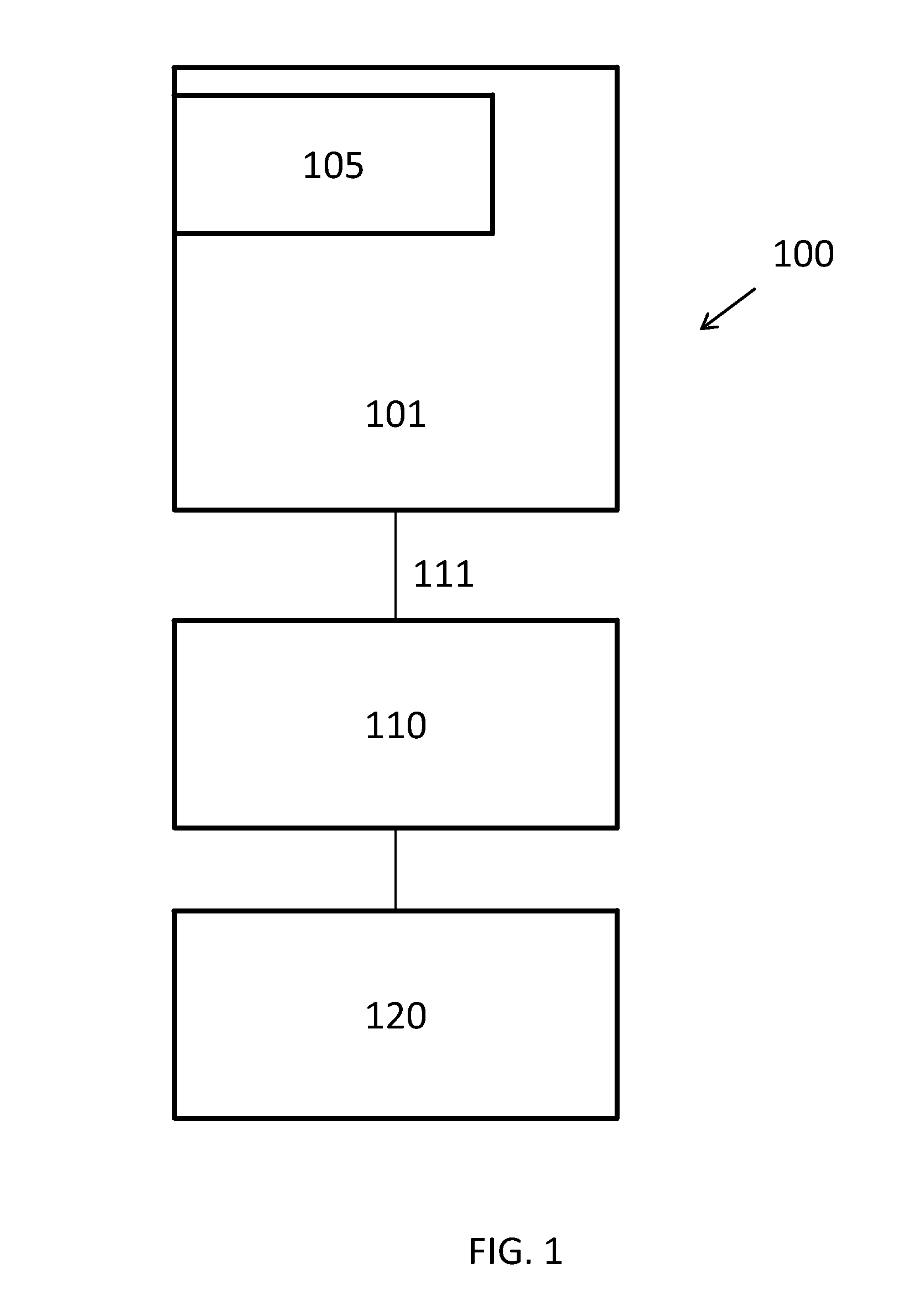Feedback sensor for real-time management of sickle cell disease
- Summary
- Abstract
- Description
- Claims
- Application Information
AI Technical Summary
Benefits of technology
Problems solved by technology
Method used
Image
Examples
Embodiment Construction
[0027]In general, the devices and systems described herein are for monitoring in real-time or near-real time the risk of pain crisis due to red blood cell (RBC) sickling and / or any associated risk of hypoxic tissue damage. Also described herein are methods for determining the risk of pain crisis and / or hypoxic tissue damage.
[0028]For example, the devices may be wearable devices for determining the ongoing risk of red blood cells sickling, pain crises, and associated hypoxic tissue damage. Such devices may include: a wearable sensor for detecting the morphology of red blood cells; a processor for receiving information from the wearable sensor and assessing the extent of red blood cell sickling in real time; and an output coupled to the processor configured to warn of an elevated risk of pain crises and / or associated hypoxic tissue damage.
[0029]As used herein “near real time” and “real time” typically refers to the actual time or approximately (e.g., within 10 seconds, within 20 secon...
PUM
 Login to View More
Login to View More Abstract
Description
Claims
Application Information
 Login to View More
Login to View More - R&D
- Intellectual Property
- Life Sciences
- Materials
- Tech Scout
- Unparalleled Data Quality
- Higher Quality Content
- 60% Fewer Hallucinations
Browse by: Latest US Patents, China's latest patents, Technical Efficacy Thesaurus, Application Domain, Technology Topic, Popular Technical Reports.
© 2025 PatSnap. All rights reserved.Legal|Privacy policy|Modern Slavery Act Transparency Statement|Sitemap|About US| Contact US: help@patsnap.com


